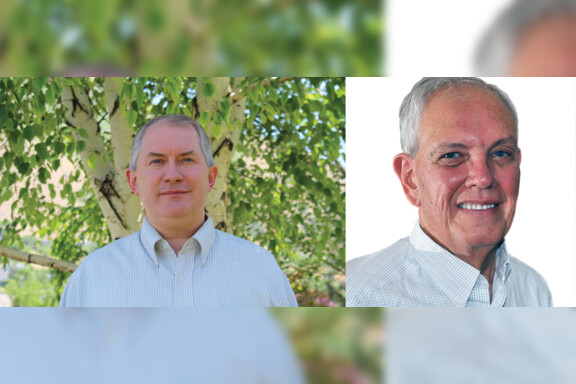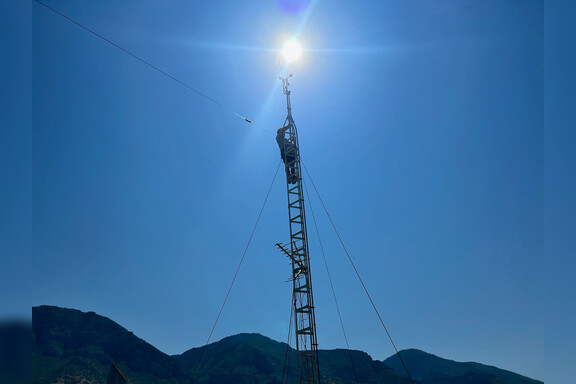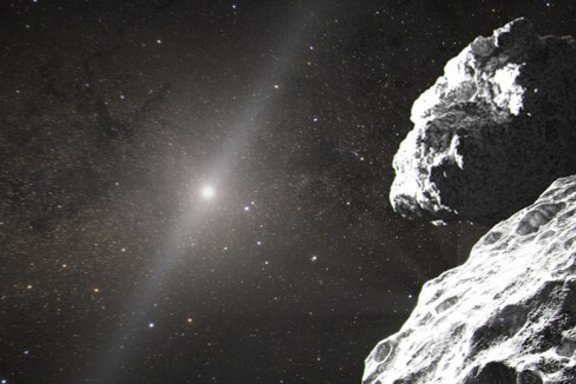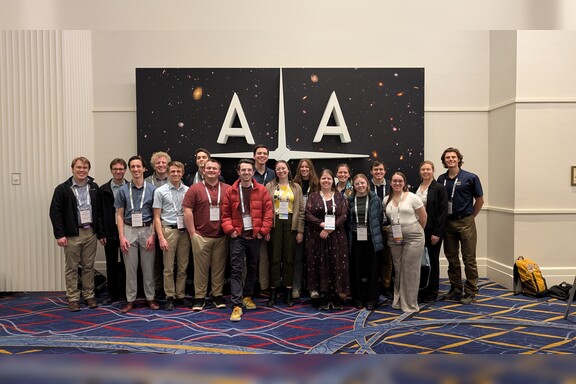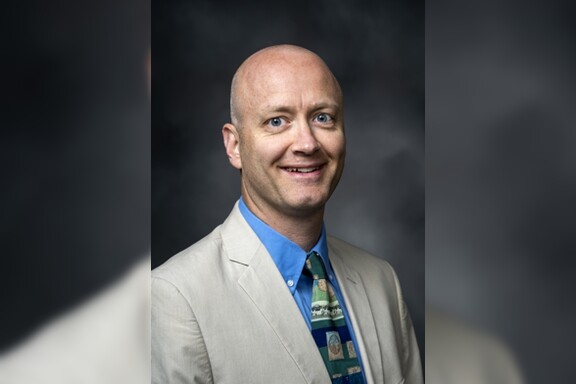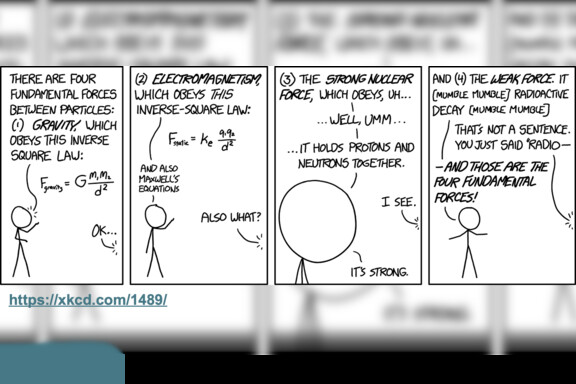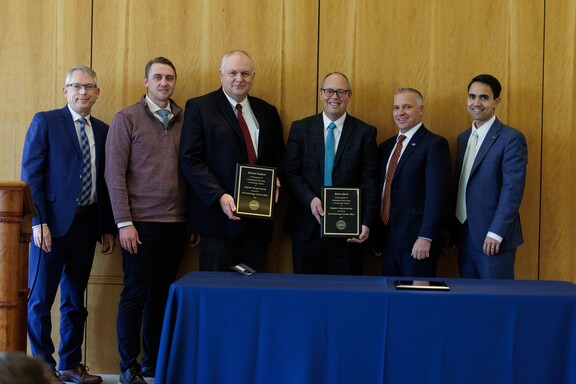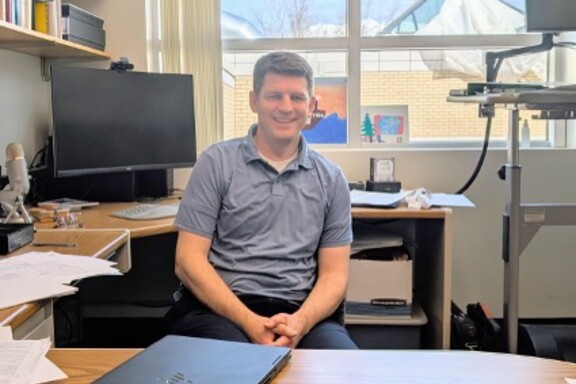Gus Hart, a professor of physics in Brigham Young University’s College of Physical and Mathematical Sciences, was recently named an American Competitiveness and Innovation Fellow by the National Science Foundation.
The award will help fund Hart’s research efforts, providing $600,000 over a five-year span. Hart received the award primarily for his international research collaborations and his work with student assistants from underrepresented gender and ethnic groups.
The fellowship expanded upon and extended an NSF grant of $300,000 over three years that Hart had received previously.
Hart will use the funding to continue his research of how atoms organize in materials, particularly metallic alloys. His research team will focus on developing lightweight magnesium alloys that could potentially be used in automobiles. Such a material would make cars lighter and, therefore, more fuel-efficient.
Hart also plans to research ways to improve the performance of platinum and palladium. These metals are most often used in the catalytic convertors of automobiles, which reduce the toxicity of engine emissions and account for over roughly 40 percent of the world’s platinum and palladium usage. However, both elements are also frequently fashioned into jewelry, which Hart says his research would make tougher and more durable.
Hart’s research team at BYU works in collaboration with three other groups around the globe. Using the university’s supercomputer, Hart and his team develop “virtual experimental” models of various alloys, which are then physically created by a partner lab in South Africa.
“We use the supercomputer to create simulations of different alloys,” Hart said. “[Our collaborators] are the ones who actually make and test them after we send them the models. We have to work together.”
The ACI Fellowship is awarded based on recommendations from NSF’s Division of Materials Research. Recipients receive a monetary supplement to current grants and have those grants extended for two additional years for “special creativity,” according to the NSF.
Writer: Steve Pierce
News and Events
